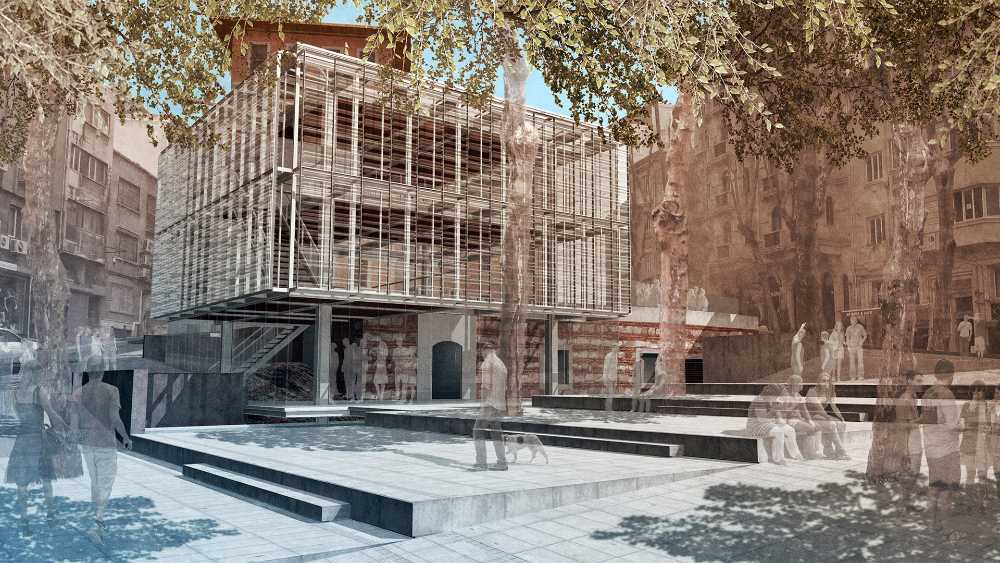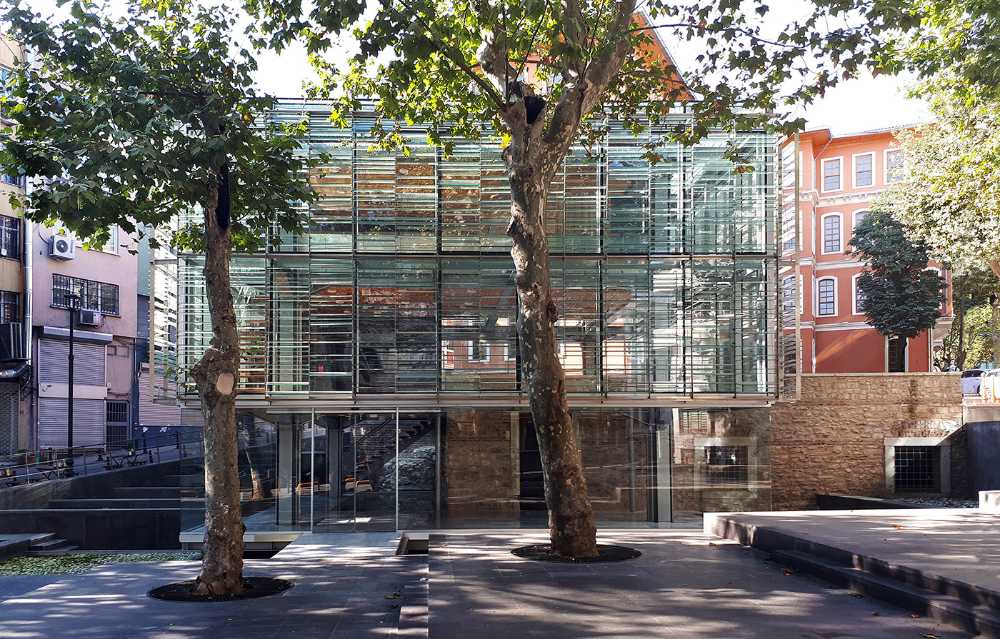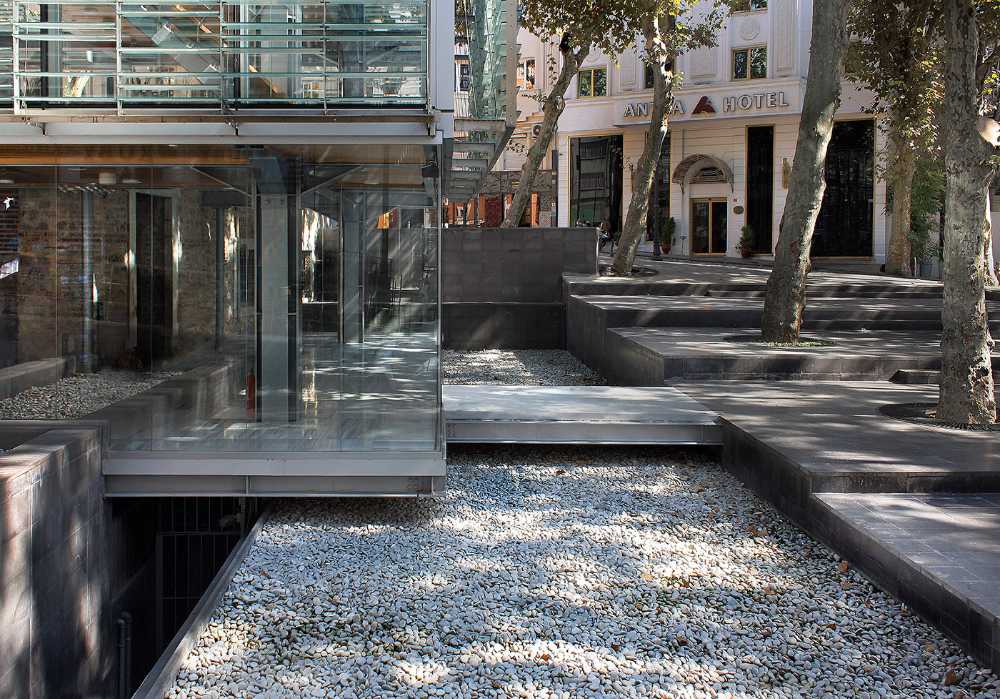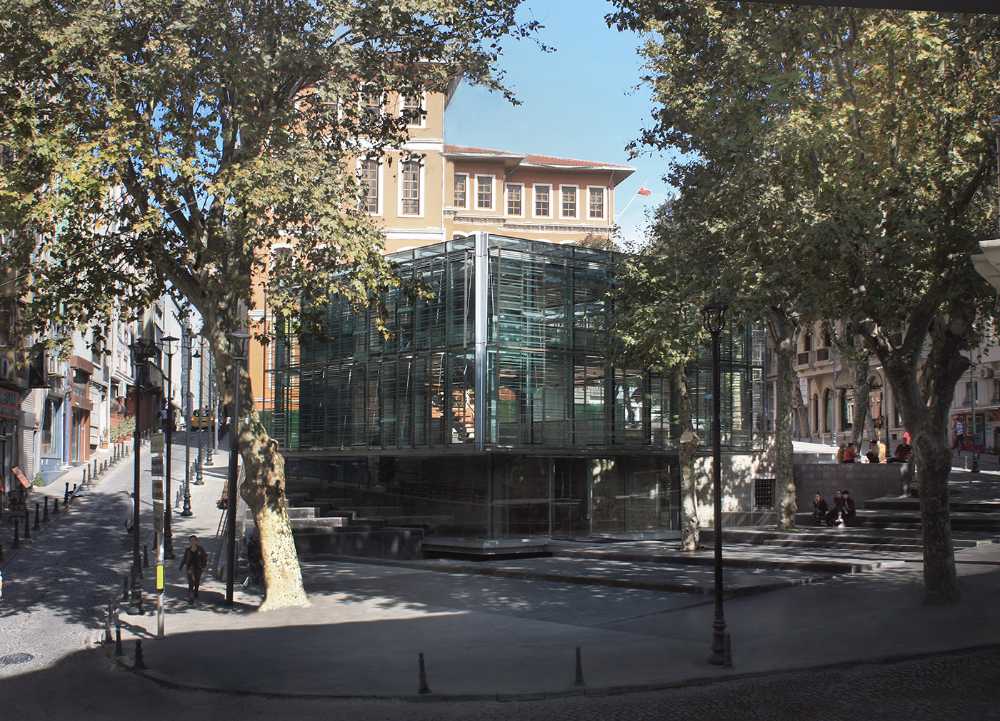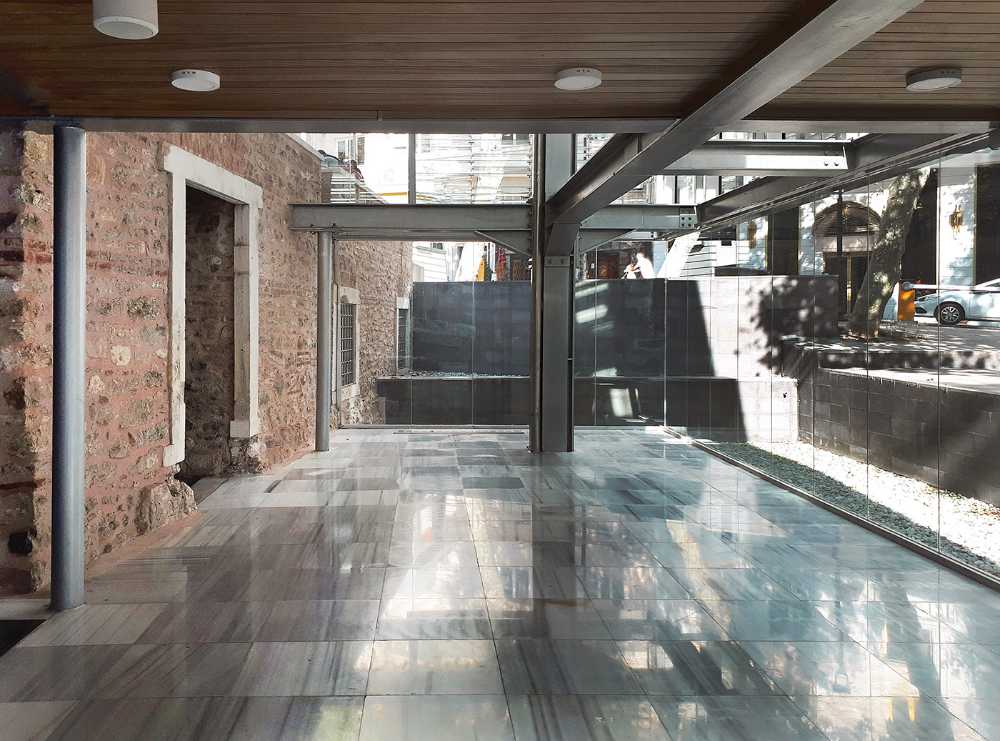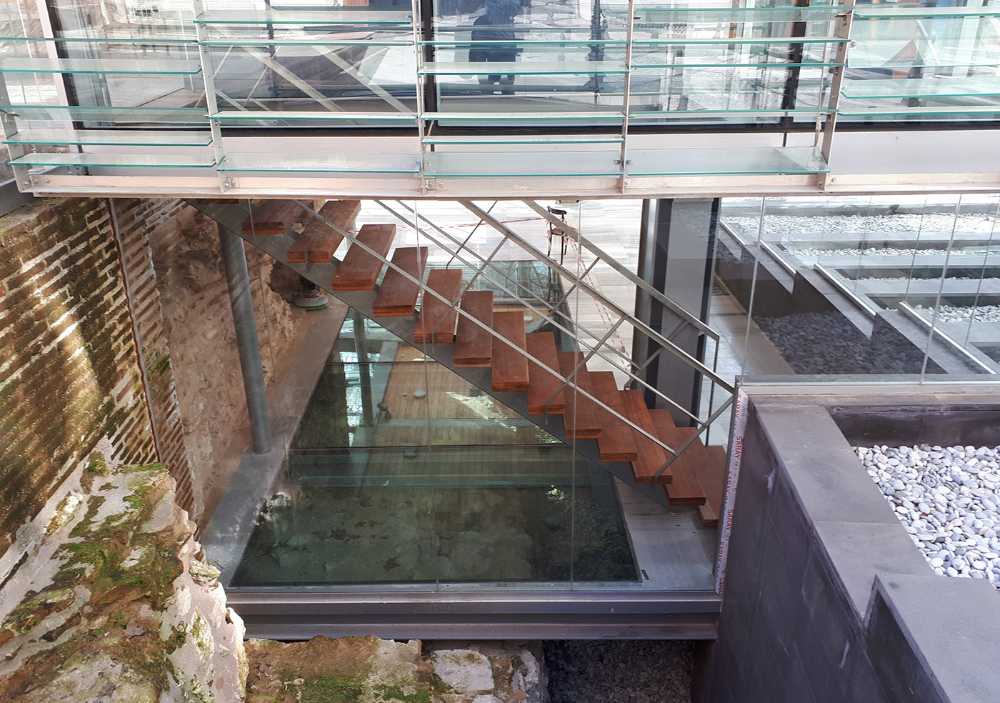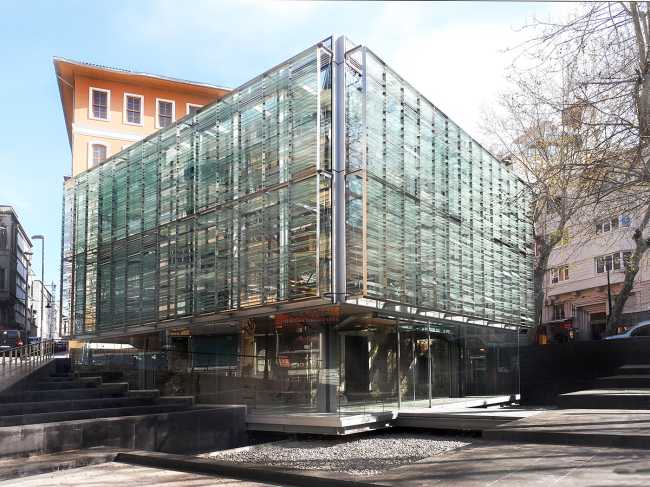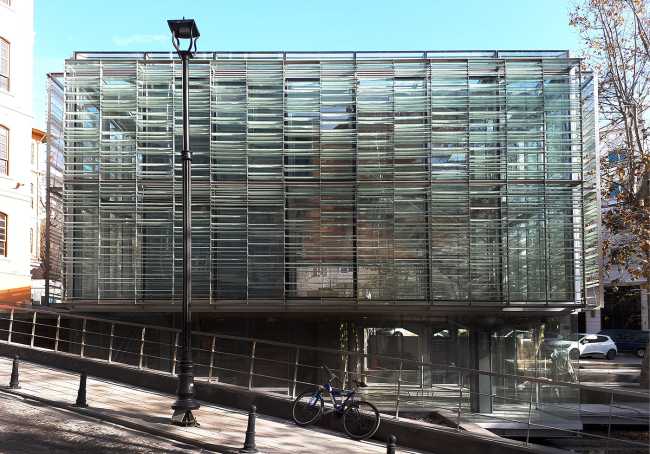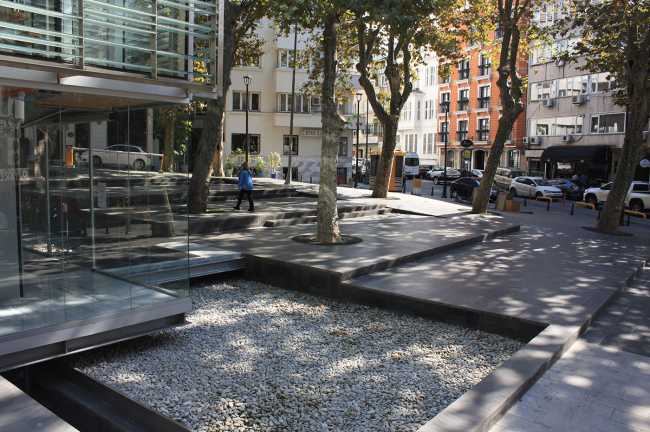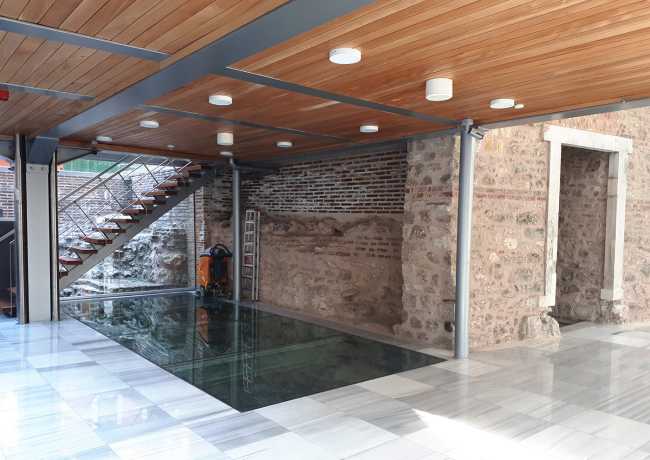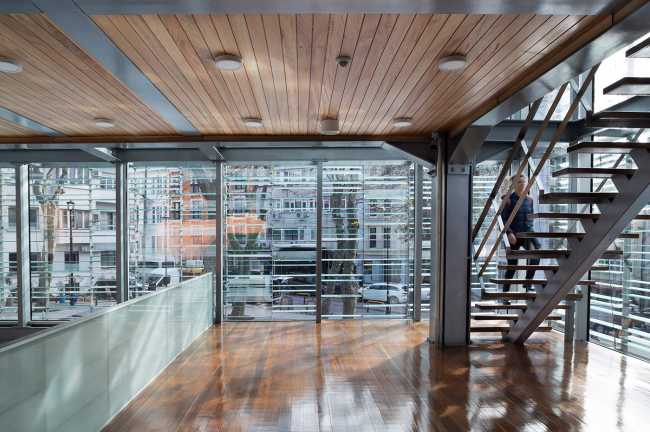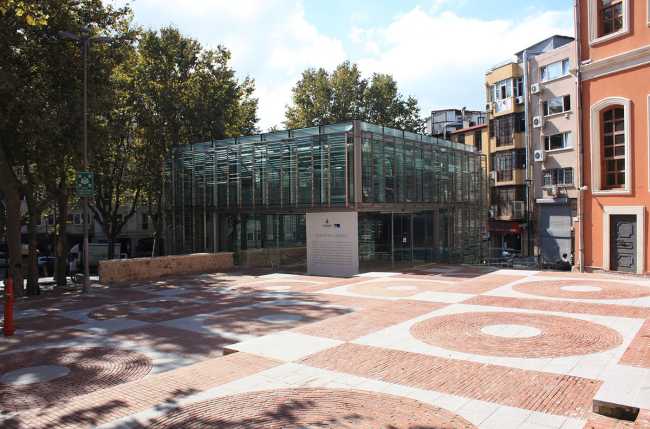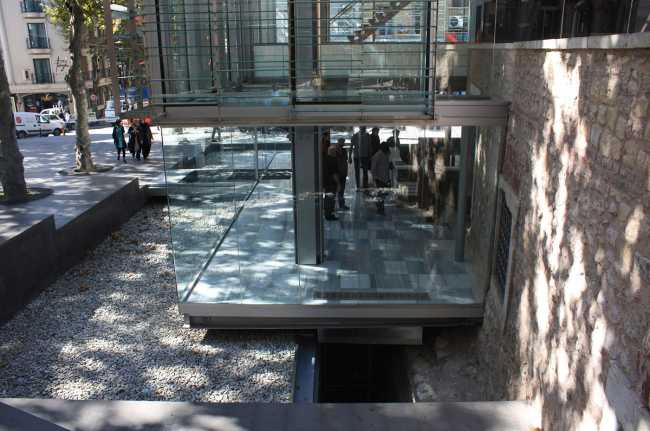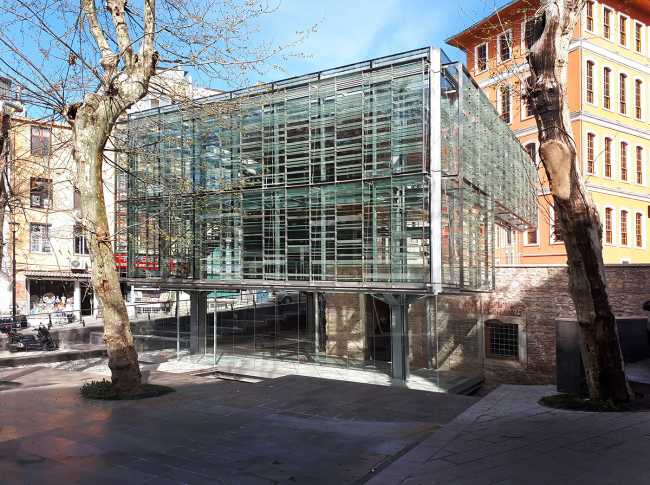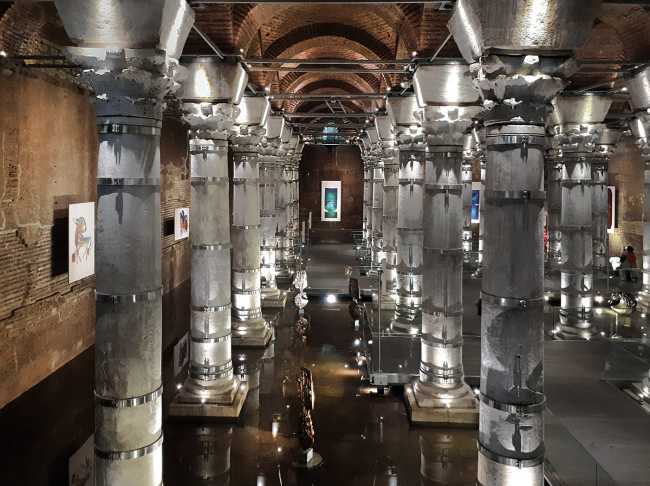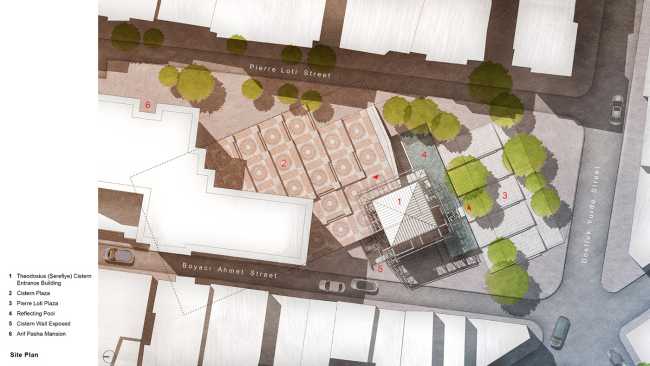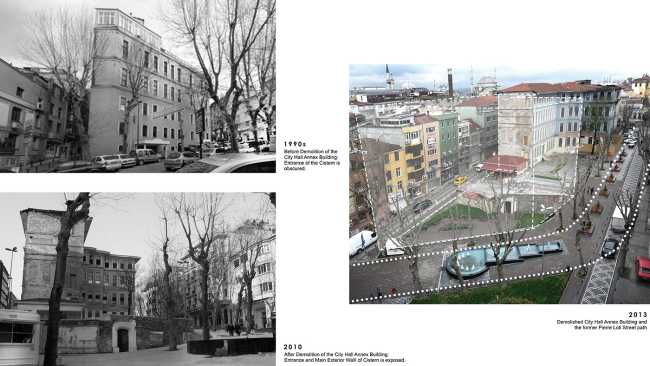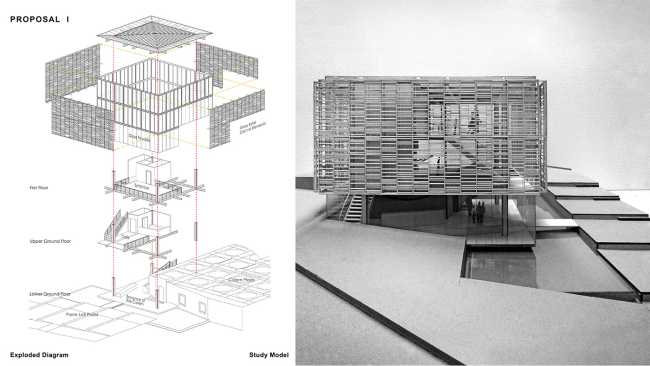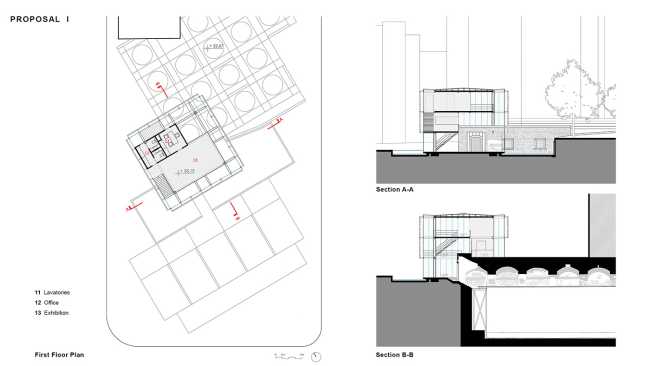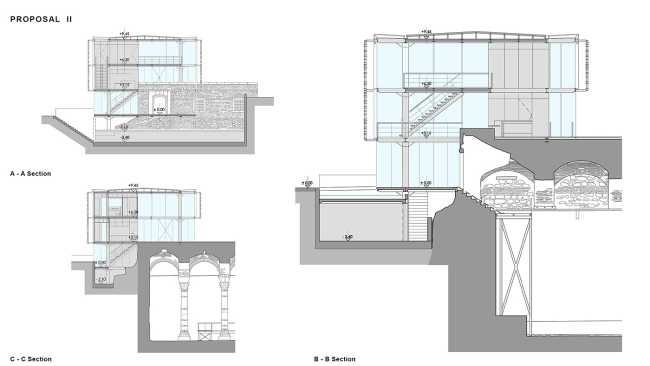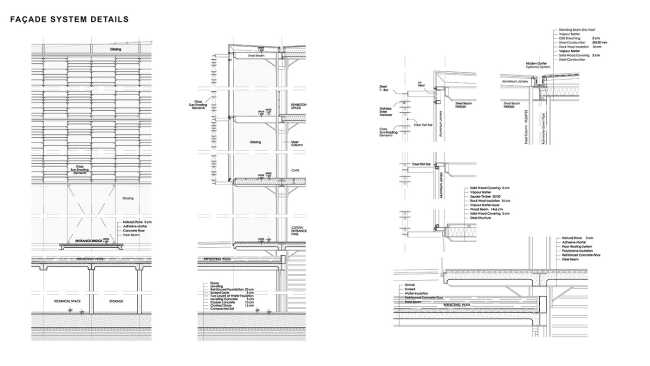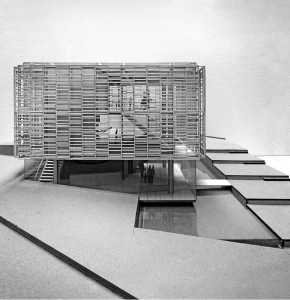Un trésor caché sous Istanbul
Au cœur du quartier de Sultanahmet à Istanbul, la Citerne de Théodose représente un exemple extraordinaire de l'ingénierie hydraulique byzantine, datant de la fin du Ve siècle. Ce ancien réservoir, construit sur ordre de l'empereur Théodose II, s'étend sur une superficie de 42,5x42,5 mètres et est caractérisé par un toit en coupole soutenu par 32 colonnes de marbre avec des chapiteaux corinthiens. Grâce à l'un des projets d'architecture contemporaine les plus significatifs, signé par Cafer Bozkurt Architecture, l'espace environnant a été complètement transformé, mettant en valeur la citerne elle-même et le contexte urbain qui l'abrite. L'intervention a créé un pont entre le passé et le présent, rendant visible et accessible un patrimoine historique unique.

